|
The farm pond. What a simple, yet amazing thing they are. Not only are they a watering source for livestock, buy they double as swimming holes, fishing holes, and the best frog giggin spot around. Almost every Kentucky farm has a pond of some kind. My question for you is, how are you utilizing your pond? At ESF we have looked at developing two different ponds to supply drinking water to cattle. The two ponds are both currently the only drinking water available for the cattle in those fields. Now, keep in mind that these fields are not used during the winter months so the waters would be turned off during cold weather to avoid freezing. The first one I want to discuss is Pond 60. This pond is in the middle of the field and currently has no trees or buffer vegetation around it. During the summer the cattle stand in it and thus cause it to become so stagnant and silty that we have to move them to fresh pasture before they have eaten all the grass. This pond would have to be dredged as part of the development. Pond 60 does have a good level spot immediately beneath the dam that a water tank could be installed fairly easily. Our idea for this field would be to develop the pond, with a water tank below the dam, and fence off the pond to keep the cattle out. We would facilitate a buffer strip of vegetation in doing so. We would then fence the field in half so that we could rotate the cattle more efficiently though this pasture, while having access to the water from both sides. Here is a diagram of the proposed pond improvements. We have a similar situation with pond 45. However it is already fenced on 2 sides making it easier from a fencing standpoint. This pond is still holding water well and is not silted in at all. It is servicing a larger area and would also be cut in half to be able to water cattle from two different sides of the pond while rotating them accordingly. Pond 45 also has a spot below the dam that a water tank could be installed although some site work would have to be completed first. We have thought about using a solar powered pump to push the water up over the dam and down into the water tank. This way we wouldn’t have to break the dam, which is currently holding water like it should. Both of these pond projects are something that we are thinking about completing in 2016. But with developing ponds comes a certain amount of risk. Will the pond hold water correctly once the pipe has been installed through the dam? Is there enough drainage above the pond to keep the water fresh? Does the pond have enough capacity to water the desired number of cattle? All are things to keep in mind when working with ponds.
Please let us know in the comment section how you utilize your ponds. If you have experience with developing ponds, let us know what works and what to avoid. I look forward to your comments. Comments are closed.
|
Archives
June 2024
Categories
All
Welcome |
CONTACT US |
EMAIL SIGN UP |
|
Eden Shale Farm
245 Eden Shale Rd. Office: (859) 278-0899 Owenton, KY 40359 Fax: (859) 260-2060 © 2021 Kentucky Beef Network, LLC.. All rights reserved.
|
Receive our blog updates
|

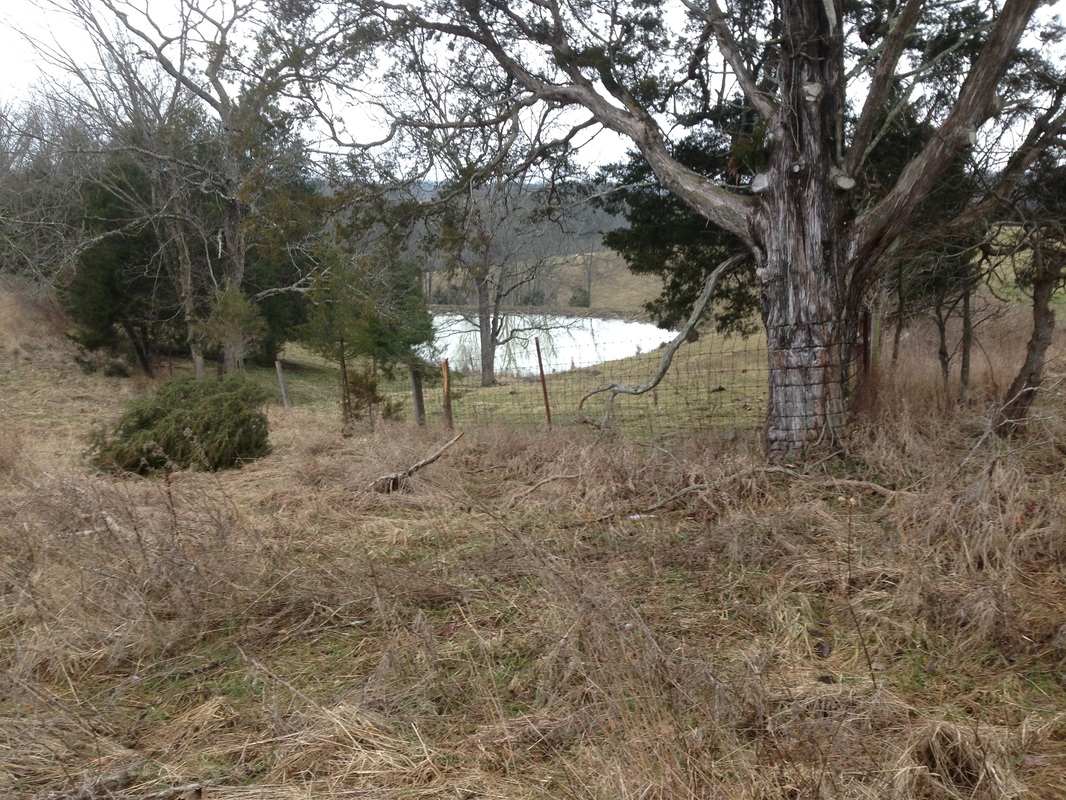
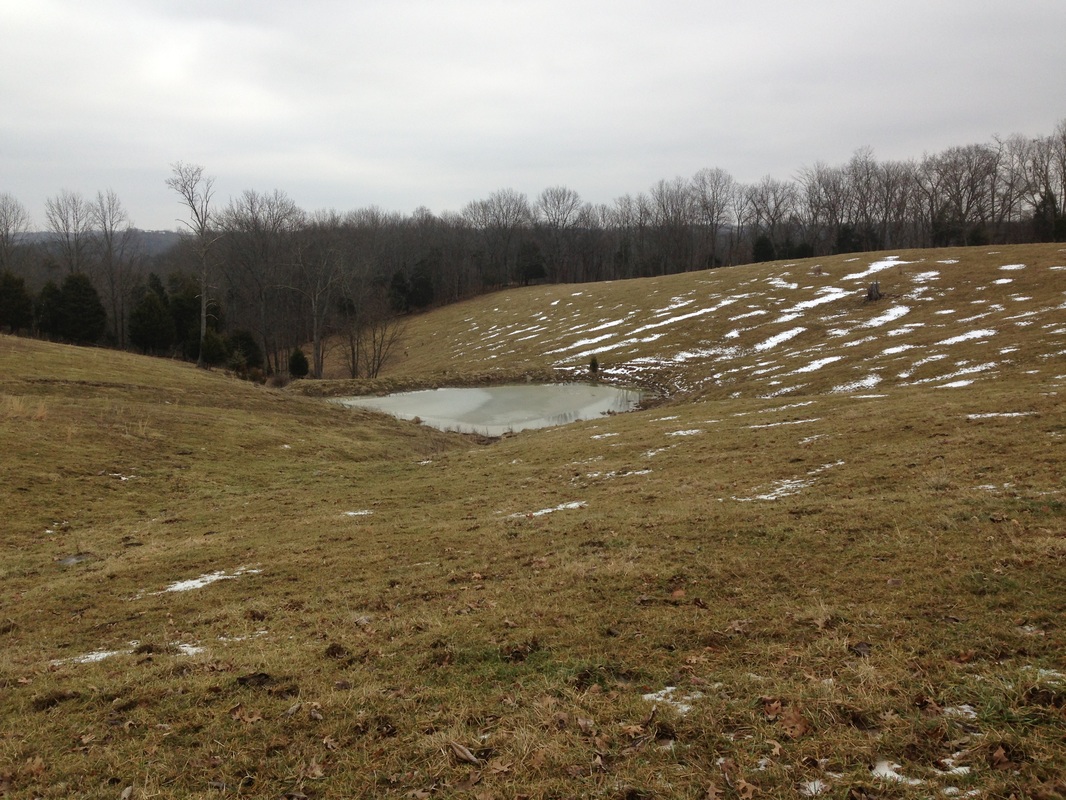
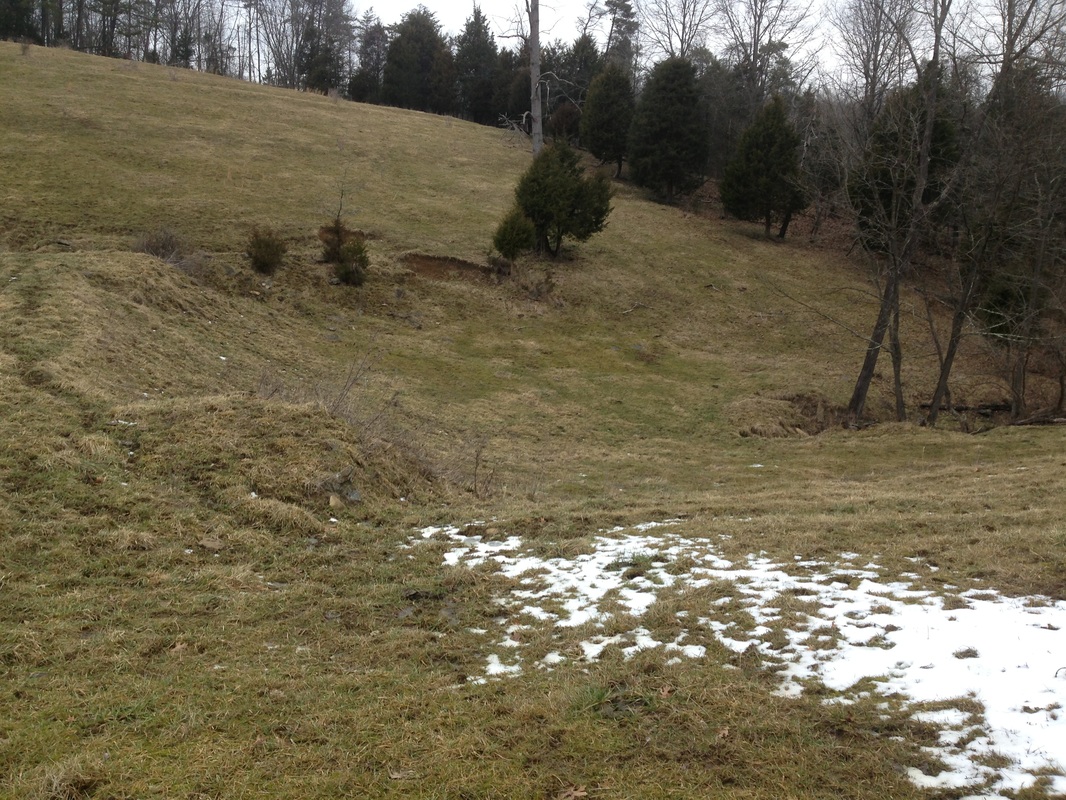
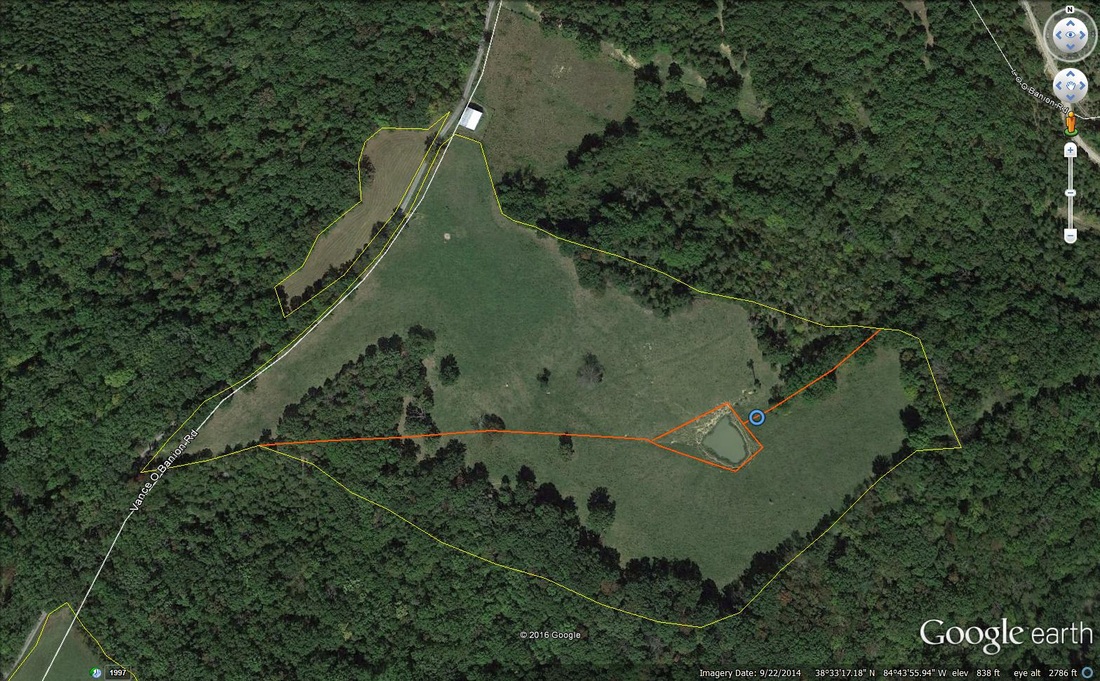
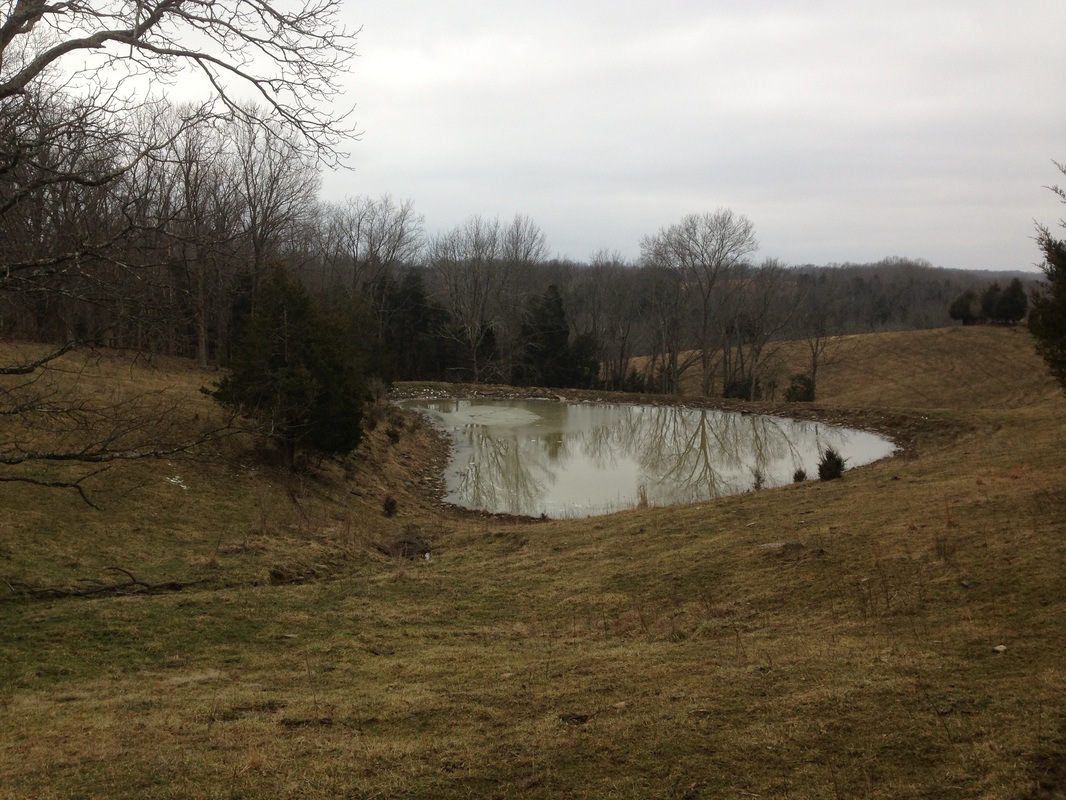
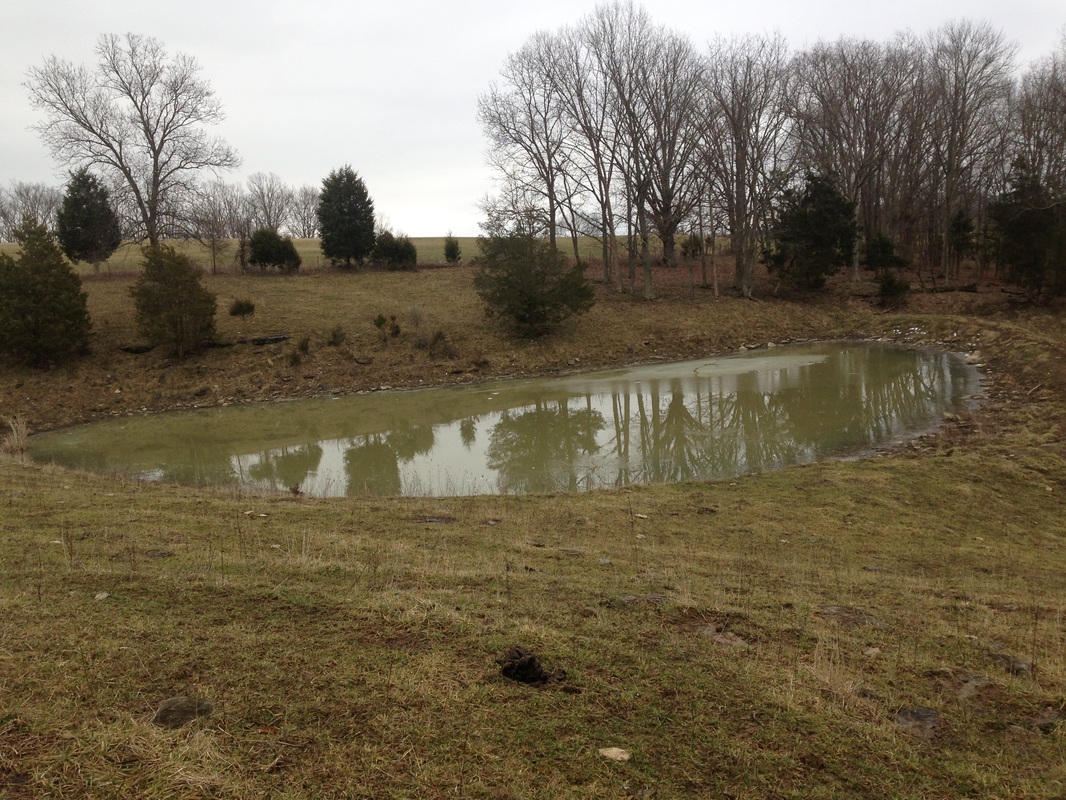
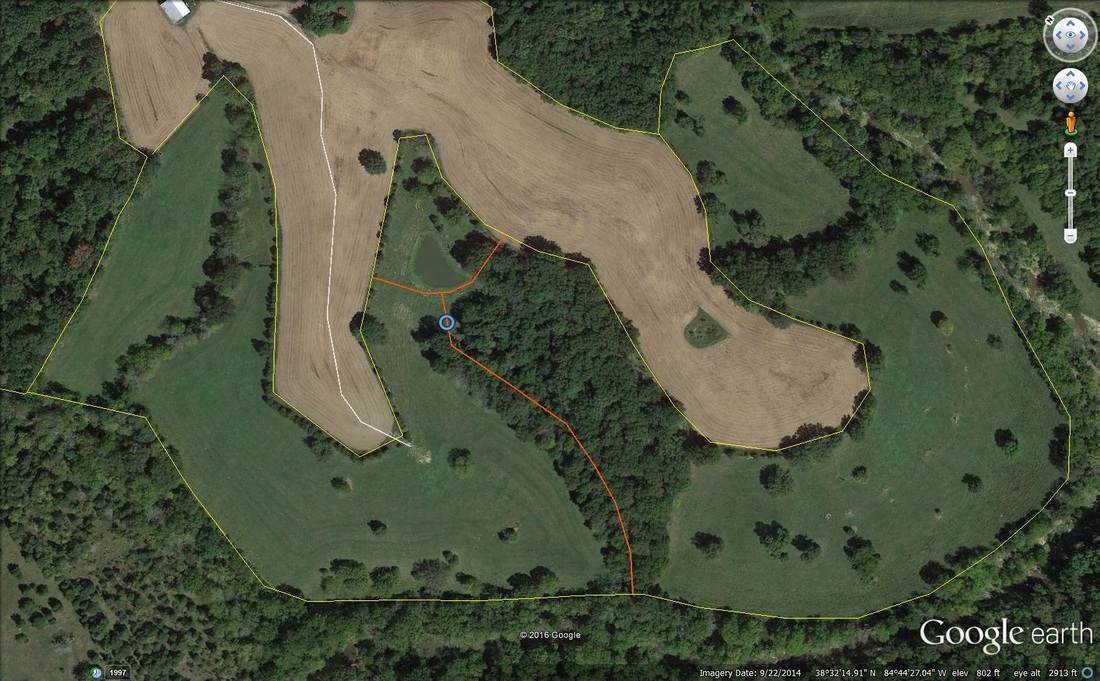
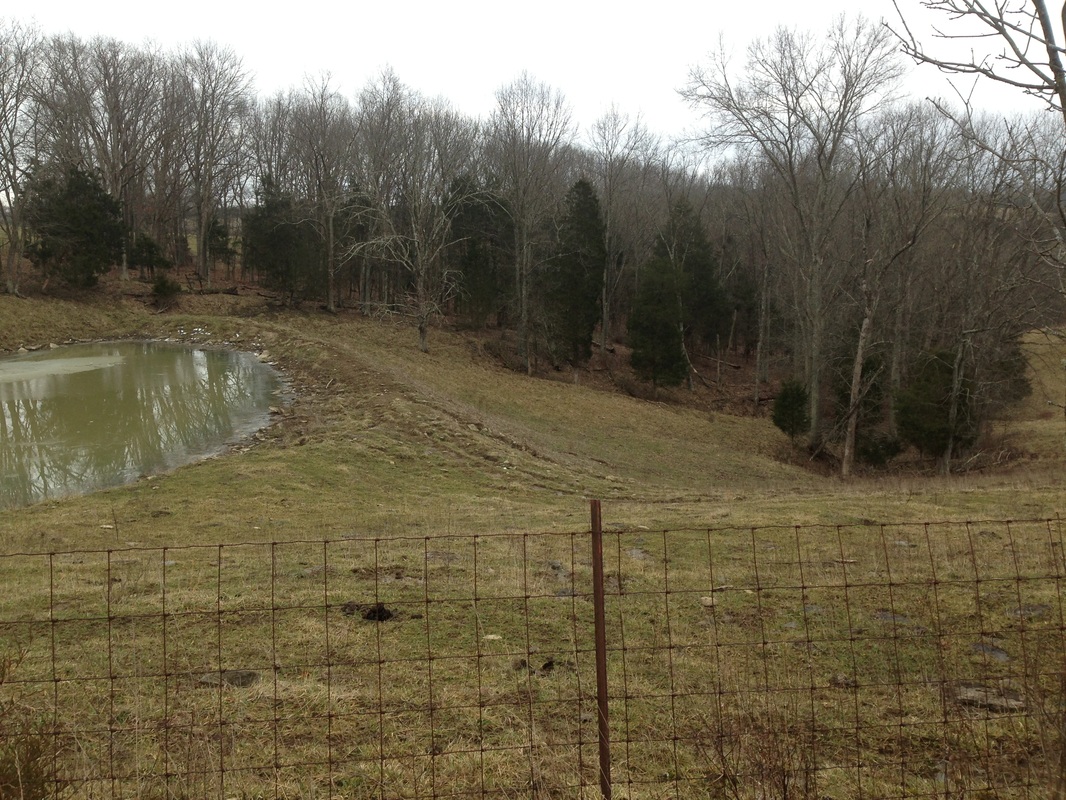
 RSS Feed
RSS Feed
